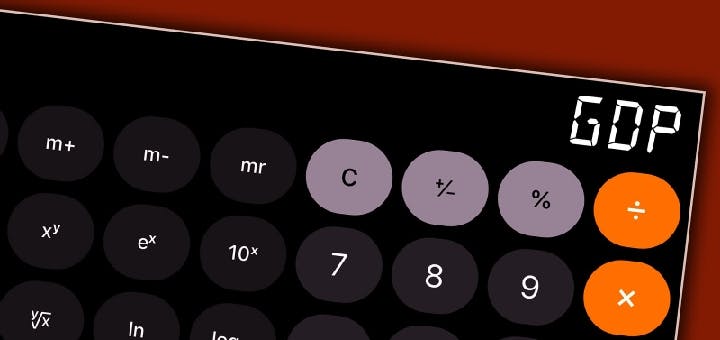Spring 2010
Measure for Measure
– The Wilson Quarterly
How can we measure happiness when it comes to assessing quality of life?
In the world of economic statistics, gross domestic product (GDP) is king. A measure of total economic activity, it reigns widely as the ultimate indicator of a society’s well-being. Economists employ a related statistic, GDP per capita, or average income, to draw comparisons among countries and over time. But many critics say these numbers are misleading and that it’s time to create other ways to measure quality of life.
They point to many flaws in the kingly statistic. For one, GDP rises when a country spends more in bad times, such as pumping up national defense during war, cleaning up after natural disasters, or paying for more police officers during a crime wave. Environmental degradation goes unnoticed in GDP, as do intangible additions to quality of life such as time enjoyed in a public park. And GDP ignores the distribution of wealth and opportunity within a society; a country with an extremely wealthy elite may have a higher GDP per capita than one with a large middle class, but it is hard to say that such a society is better off.
Moreover, behavioral economists point out that even at the individual level, higher income does not always mean greater happiness. As people make more money, their material desires increase as well, a phenomenon economists have called the “hedonic treadmill.” Thus, a country with a booming economy might not experience an increase in happiness.
But Marc Fleurbaey, an economist at the University of Paris Des cartes, notes that economists are a long way from agreeing on alternative yardsticks of national well- being. He explores four proposed measures: corrected GDP, which assesses “nonmarket aspects of well- being”; “Gross National Happiness,” which uses surveys, behavioral observations, and physiological measures to gauge how happy people are; Nobel-winning economist Amartya Sen’s “capability approach,” which seeks to measure individuals’ opportunities; and “synthetic indicators,” which combine data on nonmonetary aspects of well- being, such as health, literacy, and life expectancy. Fleurbaey supports further exploration of corrected GDP, happiness measurements, and the capability approach, but none of these are yet shovel- ready, so to speak.
But would a different measure of social welfare change policies? “Yes and no,” writes Renee Courtois, a staff writer at the Federal Reserve Bank of Richmond. Economists may wish it were other wise, but at the end of the day, policies are made by politicians, not statisticians. Politics is a process for weighing competing priorities—economic growth, defense, and quality of life, to name a few. GDP may reign supreme among well- being indicators, but in real life, politicians are not transfixed by it.
* * *
The Source: "Beyond GDP: The Quest for a Measure of Social Welfare" by Marc Fleurbaey, in The Journal of Economic Literature, December 2009, and "Measuring Quality of Life" by Renee Courtois, in Region Focus, Summer 2009.
Photo courtesy of Flickr/Mike Lawrence
